-
Executive Summary
-
Market Synopsis 10
-
Introduction
-
Definition 11
-
Scope of Study 11
-
Assumptions
-
Market Structure 12
-
Research Methodology
-
Research Process 13
-
Primary Research 13
-
Secondary
-
Research 14
-
Market Size Estimation
-
Forecast Model 16
-
Market Dynamics
-
Introduction 17
- Making business free
- Reduced risk in HCl transportation 19
- Reduced Cost of HCl Neutralization and Disposal 19
-
Drivers 18
-
of volatile chlorine and HCl prices 18
-
Reduced need to develop new chlor-alkali plants 18
-
Impact Analysis 20
- Existence
-
Restraints 20
-
of other proven technologies 20
-
Environmental impact of Chlorine 20
-
Impact Analysis 21
-
Opportunity
- Replacing mercury cell
- Potential in regions
- Decommissioning of mercury cell technology 23
-
plants 21
-
for high chlorine demand 22
-
Macroeconomic Factors 22
-
Impact of oil price volatility in chemical industry 22
-
Market Factor
-
Analysis
-
Porter's Five Forces
- Threat of New Entrants
- Bargaining Power of
- Bargaining
- Threat
- Rivalry
-
Analysis 24
-
Suppliers 24
-
Power of Buyers 25
-
of Substitutes 25
-
Value Chain Analysis
- Raw Material 26
- Production Process 26
-
Electrolysis Technology 26
-
End-Users 26
-
Global Hydrochloric Acid Electrolysis Market, By Technology
-
Overview 28
- DuPont
- Others
-
ODC Electrolysis 28
-
gas phase electrolysis 28
-
Diaphragm Electrolysis 28
-
Sumitomo Process 28
-
Global Hydrochloric Acid Electrolysis Market, By Application
-
Overview 32
- Fertilizers
- Oil and Gas 33
- Others 33
-
PVC Production & Chlorination 32
-
Polyurethane Industry 32
-
Metal Pickling 33
-
Global Hydrochloric Acid Electrolysis Market, By Region
-
Introduction 36
- U.S. 39
- Canada 40
- Germany 43
- Portugal 45
-
North America 37
-
Europe 42
-
France 46
-
Asia-Pacific 48
- China 50
- India 53
-
Japan 51
-
Rest of the World 55
-
Company Profiles
-
Thyssenkrupp AG 57
-
Overview 57
-
SWOT Analysis 59
-
Pont de Nemours and Company 60
-
Company Overview 60
-
Overview 60
-
SWOT Analysis 62
-
AG 63
-
Service Offering 64
-
Service Offering 66
-
Ltd. 67
-
Service Offering 68
-
machinery Co. Ltd. 69
-
Company Overview 69
-
Overview 69
-
Company
-
Financial Overview
-
Service Offering 58
-
Strategy 58
-
E. I. du
- Financial
- Service Offering 61
- Strategy 61
-
Covestro
- Company Overview 63
- Financial Overview 63
- Strategy
-
Mitsui Chemicals, Inc.
- Company Overview 65
- Financial Overview 65
- Strategy
-
Sumitomo Chemical Co.
- Company Overview 67
- Financial Overview 67
- Strategy
-
Bluestar (Beijing) chemical
- Financial
- Product Offering 69
- Strategy 69
-
List of Tables
-
TABLE
-
DIFFERENCE IN ENERGY CONSUMPTION BETWEEN VARIOUS CHLORINE PRODUCTION TECHNOLOGIES
-
COMPARISION OF TECHNOLOGIES
-
USED FOR HYDROCHLORIC ACID ELECTROLYSIS PROCESS 29
-
GLOBAL HYDROCHLORIC ACID ELECTROLYSIS MARKET, BY TECHNOLOGY,
-
TABLE
-
GLOBAL HYDROCHLORIC ACID ELECTROLYSIS MARKET, BY APPLICATION, 2020-2027 (USD MILLION)
-
POLYURETHANE INDUSTRY:
-
PRODUCTION PROCESS, 2020-2027 (USD MILLION) 34
-
GLOBAL HYDROCHLORIC ACID ELECTROLYSIS MARKET, BY REGION, 2020-2027
-
(USD MILLION) 36
-
NORTH
-
AMERICA HYDROCHLORIC ACID ELECTROLYSIS MARKET, BY COUNTRY, 2020-2027 (USD MILLION)
-
NORTH AMERICA HYDROCHLORIC
-
ACID ELECTROLYSIS MARKET, BY TECHNOLOGY 2020-2027 (USD MILLION) 38
-
NORTH AMERICA HYDROCHLORIC ACID ELECTROLYSIS MARKET, BY APPLICATION,
-
TABLE
-
U.S.: HYDROCHLORIC ACID ELECTROLYSIS MARKET, BY TECHNOLOGY 2020-2027 (USD MILLION)
-
U.S.: HYDROCHLORIC
-
ACID ELECTROLYSIS MARKET, BY APPLICATION, 2020-2027 (USD MILLION) 40
-
CANADA: HYDROCHLORIC ACID ELECTROLYSIS MARKET, BY TECHNOLOGY
-
TABLE
-
CANADA: HYDROCHLORIC ACID ELECTROLYSIS MARKET, BY APPLICATION, 2020-2027 (USD
-
MILLION) 41
-
EUROPE: HYDROCHLORIC
-
ACID ELECTROLYSIS MARKET, BY COUNTRY 2020-2027 (USD MILLION) 42
-
EUROPE: HYDROCHLORIC ACID ELECTROLYSIS MARKET, BY TECHNOLOGY
-
TABLE
-
EUROPE: HYDROCHLORIC ACID ELECTROLYSIS MARKET, BY APPLICATION, 2020-2027 (USD
-
MILLION) 43
-
GERMANY: HYDROCHLORIC
-
ACID ELECTROLYSIS MARKET, BY TECHNOLOGY 2020-2027 (USD MILLION) 44
-
GERMANY: HYDROCHLORIC ACID ELECTROLYSIS MARKET, BY APPLICATION,
-
TABLE
-
PORTUGAL: HYDROCHLORIC ACID ELECTROLYSIS MARKET, BY TECHNOLOGY 2020-2027 (USD
-
MILLION) 45
-
PORTUGAL: HYDROCHLORIC
-
ACID ELECTROLYSIS MARKET, BY APPLICATION, 2020-2027 (USD MILLION) 46
-
FRANCE: HYDROCHLORIC ACID ELECTROLYSIS MARKET, BY TECHNOLOGY
-
TABLE
-
FRANCE: HYDROCHLORIC ACID ELECTROLYSIS MARKET, BY APPLICATION, 2020-2027 (USD
-
MILLION) 47
-
ASIA-PACIFIC: HYDROCHLORIC
-
ACID ELECTROLYSIS MARKET, BY COUNTRY 2020-2027 (USD MILLION) 48
-
ASIA-PACIFIC: HYDROCHLORIC ACID ELECTROLYSIS MARKET, BY TECHNOLOGY
-
TABLE
-
ASIA-PACIFIC: HYDROCHLORIC ACID ELECTROLYSIS MARKET, BY APPLICATION, 2020-2027
-
(USD MILLION) 49
-
CHINA:
-
HYDROCHLORIC ACID ELECTROLYSIS MARKET, BY TECHNOLOGY 2020-2027 (USD MILLION) 50
-
CHINA: HYDROCHLORIC ACID ELECTROLYSIS MARKET, BY APPLICATION,
-
TABLE
-
JAPAN: HYDROCHLORIC ACID ELECTROLYSIS MARKET, BY TECHNOLOGY 2020-2027 (USD MILLION)
-
JAPAN: HYDROCHLORIC
-
ACID ELECTROLYSIS MARKET, BY APPLICATION, 2020-2027 (USD MILLION) 52
-
INDIA: HYDROCHLORIC ACID ELECTROLYSIS MARKET, BY TECHNOLOGY
-
TABLE
-
INDIA: HYDROCHLORIC ACID ELECTROLYSIS MARKET, BY APPLICATION, 2020-2027 (USD
-
MILLION) 54
-
REST OF THE WORLD:
-
HYDROCHLORIC ACID ELECTROLYSIS MARKET, BY TECHNOLOGY 2020-2027 (USD MILLION) 55
-
REST OF THE WORLD: HYDROCHLORIC ACID ELECTROLYSIS MARKET, BY
-
APPLICATION, 2020-2027 (USD MILLION) 55
-
List of Figures
-
RESEARCH PROCESS OF MRFR 13
-
TOP DOWN & BOTTOM UP APPROACH 15
-
DRIVERS, RESTRAINTS, AND OPPORTUNITIES OF GLOBAL HYDROCHLORIC
-
ACID ELECTROLYSIS MARKET 17
-
FIGURE
-
GROWTH DRIVERS: IMPACT ANALYSIS 20
-
FIGURE
-
GROWTH BARRIERS: IMPACT ANALYSIS 21
-
FIGURE
-
CHLOR ALKALI INDUSTRY – NUMBER OF PLANTS AND CAPACITY OF MERCURY ELECTROLYSIS
-
UNITS, 2002-2015 22
-
PORTER'S
-
FIVE FORCES ANALYSIS OF GLOBAL HYDROCHLORIC ACID ELECTROLYSIS MARKET 24
-
VALUE CHAIN ANALYSIS OF GLOBAL HYDROCHLORIC ACID ELECTROLYSIS
-
MARKET 25
-
GLOBAL HYDROCHLORIC
-
ACID ELECTROLYSIS MARKET, BY REGION, 2020(%) 36
-
NORTH AMERICA: HYDROCHLORIC ACID ELECTROLYSIS MARKET, BY COUNTRY,
-
EUROPE: HYDROCHLORIC
-
ACID ELECTROLYSIS MARKET, BY COUNTRY, 2020(%) 42
-
ASIA-PACIFIC: HYDROCHLORIC ACID ELECTROLYSIS MARKET, BY COUNTRY,
-
REST OF THE WORLD:
-
HYDROCHLORIC ACID ELECTROLYSIS MARKET, BY REGION 2020-2027 (USD MILLION) 55
-
THYSSENKRUPP AG: TOTAL REVENUE VS SEGMENTAL REVENUE, 2020-2027(USD
-
MILLION) 57
-
THYSSENKRUPP AG:
-
GEOGRAPHIC REVENUE MIX, 2020(%) 58
-
FIGURE
-
E. I. DU PONT DE NEMOURS AND COMPANY: TOTAL REVENUE, 2020-2027(USD MILLION) 60
-
E. I. DU PONT DE NEMOURS AND COMPANY: GEOGRAPHIC REVENUE MIX,
-
COVESTRO AG: TOTAL
-
REVENUE, 2020-2027(USD MILLION) 63
-
FIGURE
-
COVESTRO AG: GEOGRAPHIC REVENUE MIX, 2020(%) 64
-
MITSUI CHEMICALS, INC.: TOTAL REVENUE, 2020-2027(USD MILLION)
-
MITSUI CHEMICALS,
-
INC.: GEOGRAPHIC REVENUE MIX, 2020(%) 66
-
SUMITOMO CHEMICAL CO. LTD.: TOTAL REVENUE, 2020-2027(USD MILLION)
-
SUMITOMO CHEMICAL
-
CO. LTD.: GEOGRAPHIC REVENUE MIX, 2020(%) 68
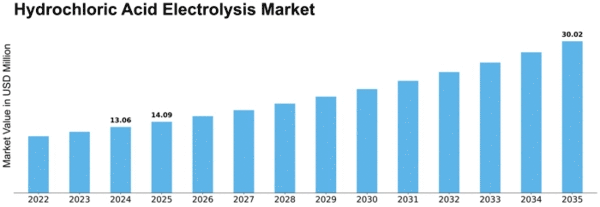

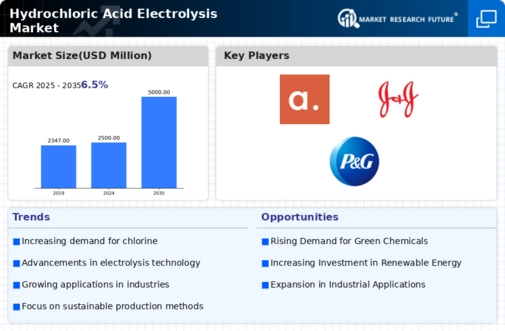

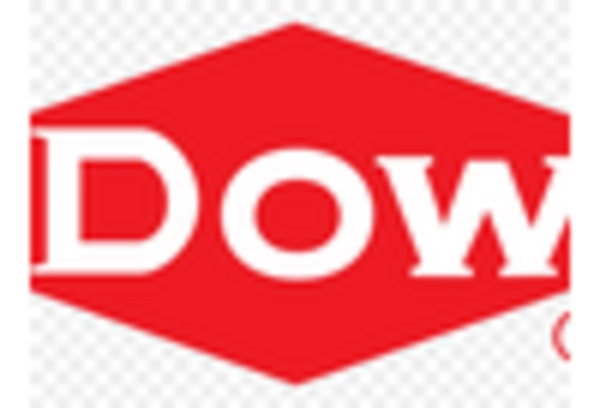
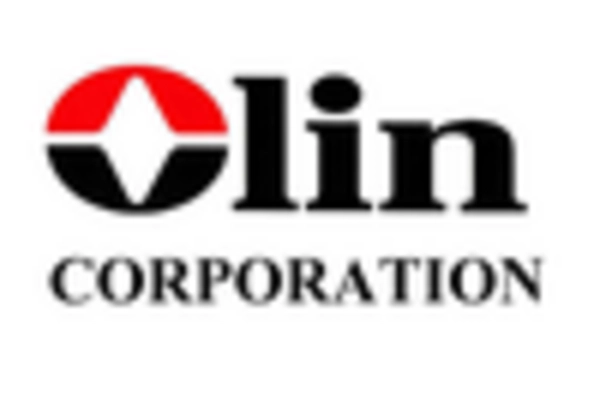
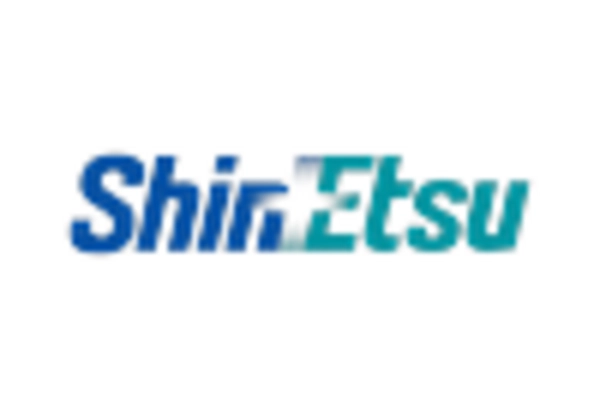

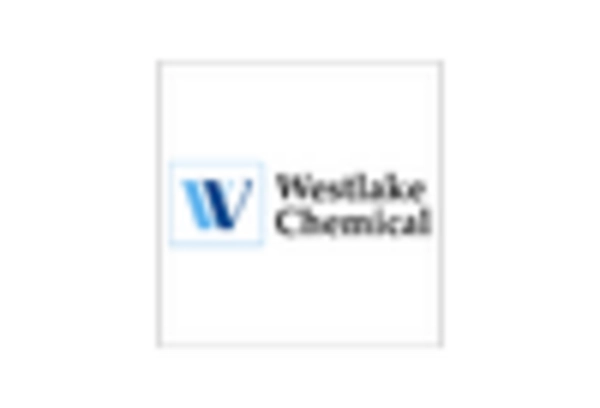









Leave a Comment